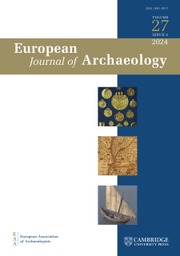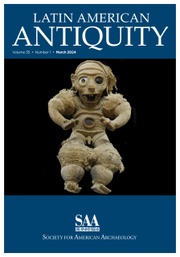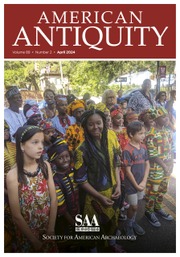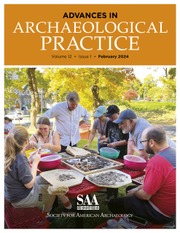Cultivating the City in Early Medieval Italy
$103.00 ( ) USD
- Author: Caroline Goodson, University of Cambridge
- Date Published: March 2021
- availability: This ISBN is for an eBook version which is distributed on our behalf by a third party.
- format: Adobe eBook Reader
- isbn: 9781108801027
Find out more about Cambridge eBooks
$
103.00 USD
( )
Adobe eBook Reader
Other available formats:
Paperback, Hardback
Looking for an examination copy?
If you are interested in the title for your course we can consider offering an examination copy. To register your interest please contact [email protected] providing details of the course you are teaching.
-
Food-growing gardens first appeared in early medieval cities during a period of major social, economic, and political change in the Italian peninsula, and they quickly took on a critical role in city life. The popularity of urban gardens in the medieval city during this period has conventionally been understood as a sign of decline in the post-Roman world, signalling a move towards a subsistence economy. Caroline Goodson challenges this interpretation, demonstrating how urban gardens came to perform essential roles not only in the economy, but also in cultural, religious, and political developments in the emerging early medieval world. Observing changes in how people interacted with each other and their environments from the level of individual households to their neighbourhoods, and the wider countryside, Goodson draws on documentary, archival, and archaeological evidence to reveal how urban gardening reconfigured Roman ideas and economic structures into new, medieval values.
Read more- Challenges conventional ideas about the Fall of Rome
- Offers a new way to see and analyse urban experience in early medieval cities
- Unites textual and material evidence for urban horticulture
Reviews & endorsements
‘Caroline Goodson leads the reader on a fascinating journey through the cities of early medieval Italy exploring their complex landscape through archaeological and botanical evidence. She shows the enormous potential of gardens and orchard for economic and social history, by providing a vivid and original image of the interaction between nature and urban culture.’ Maria Cristina La Rocca, Università degli Studi di Padova
See more reviews‘A distinctly original book, based on thorough integration of textual and archaeological sources. It refreshes a traditional topic in Italian medieval historiography, urban history, showing postclassical cities were places of agricultural production. Cultivating the City in Early Medieval Italy also brings out what was special about early medieval gardening practices in Italy by addressing the topic of urban gardening in a long duration, from imperial Roman times to the Year 1000. Its sustained discussion of that mysterious Dark Age phenomenon, the accumulation of 'Dark Earth', is particularly exciting. For historians of city and countryside, early medieval archaeologists, and any who have wondered how gardens changed during the first millennium AD, this study provides many insights.’ Paolo Squatriti, University of Michigan
‘This highly original book offers important new insights into the transition from the ancient world to the Middle Ages. Clear, deeply learned, and full of surprises, it transforms what we thought we knew about early medieval urban economies and townscapes by unearthing what their inhabitants grew and ate.’ Julia Smith, University of Oxford
‘An arresting book because it confronts a real problem head on: does dark earth in post-Roman settlements signal abandonment or something much more positive like growing things to eat; and because it challenges us to believe that there were no markets in, of all places, early medieval Italian cities.’ Wendy Davies, University College London
‘The book impresses with its multi-perspectivity: besides archaeological and historical sources, the author draws on archaeobotanical studies on the diversity of plants, on economic-historical results on the circulation of coins and on climatological findings on weather changes.’ Karl Ubl, Historische Zeitschrift
‘This is a fascinating and beautifully written book whose significance merits wide use by scholars. Not only those who are interested in the quotidian realities of Italy and the Mediterranean in Late Antiquity and the Early Middle Ages but also readers who want to understand deeper and slower processes of change will find much of value here … Clearly this is an important work.’ Christopher Heath , Al-Masāq
‘Goodson’s methodology in Cultivating the City represents an important contribution to garden studies and has the potential to guide other garden and landscape historians to bring the lens of cultivation to larger social, political, and economic debates in the field.’ Abigail P. Dowling, H-Net: Humanities and Social Science Reviews Online
'… a well-written and persuasive book which deserves to be read by anyone interested in medieval urban evolution.' Yuri A. Marano, Medieval Archaeology
‘… this book will become an essential text for every study on the urban phenomenon in medieval Italy.’ Riccardo Santangeli Valencia, Quellen und Forschungen aus italienischen Archiven und Bibliotheken
‘The conclusion deftly unites Goodson’s own argument with the scholarly threads of Bryan Ward-Perkins and Peter Brown. Goodson’s argument is clear, comprehensive, and compelling. While her study is mostly restricted to Italy, the wider implications of her research are evident. Goodson presents a new framework for understanding not only the physical, material changes that marked the transformation of the Roman world, but the intellectual ones as well Mark Lewis, A Journal of Medieval Studies.’ Mark Lewis, Speculum
‘[This book] represents a new approach to discussing the cultural and social changes that marked late antiquity, taking into consideration the real, lived experience of those who both drove and felt this transformation.’ Mark Lewis Tizzoni, Speculum: A Journal of Medieval Studies
Customer reviews
Not yet reviewed
Be the first to review
Review was not posted due to profanity
×Product details
- Date Published: March 2021
- format: Adobe eBook Reader
- isbn: 9781108801027
- availability: This ISBN is for an eBook version which is distributed on our behalf by a third party.
Table of Contents
List of Figures and Tables
Acknowledgements
Terms and Measurements
List of Abbreviations
1. Introduction
2. Patterns and changes
3. The shape of the phenomenon
4. Alliances and exchanges
5. Values and ideals
6. Conspicuous cultivation
7. Conclusions
Bibliography
Index.
Sorry, this resource is locked
Please register or sign in to request access. If you are having problems accessing these resources please email [email protected]
Register Sign in» Proceed
You are now leaving the Cambridge University Press website. Your eBook purchase and download will be completed by our partner www.ebooks.com. Please see the permission section of the www.ebooks.com catalogue page for details of the print & copy limits on our eBooks.
Continue ×Are you sure you want to delete your account?
This cannot be undone.
Thank you for your feedback which will help us improve our service.
If you requested a response, we will make sure to get back to you shortly.
×


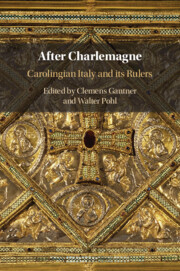
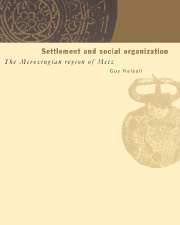
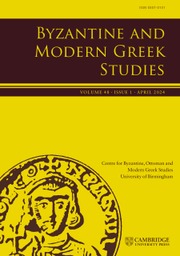

.jpg)
.jpg)

